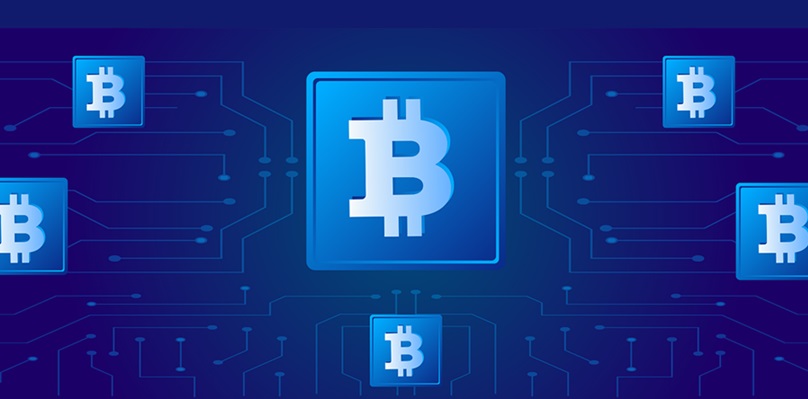Blockchain scalability is a critical hurdle for crypto adoption. Bitcoin SV (BSV) seeks to address this through its Teranode project, aiming for massive transactional throughput. If successful, Teranode could massively enhance Bitcoin SV’s capabilities, offering a solution that significantly exceeds the current transaction processing speeds seen in most cryptocurrencies today. This leap forward could make BSV’s blockchain a frontrunner in the space, catering to higher volumes of transactions and potentially solidifying its position in the market. The success of Teranode could not only benefit Bitcoin SV but might also influence the broader blockchain industry by providing a scalable model for others to emulate, potentially sparking a new wave of technological advancements within the blockchain ecosystem.
Understanding Teranode’s Ambitions
The BSV Blockchain’s Teranode is not just another incremental upgrade. It represents a seismic shift in how blockchain technology could be scaled. At its core, Teranode is engineered to surge past the transactional ceilings that haunt other cryptocurrencies. By enabling the BSV Blockchain to process over a million transactions per second, it dwarfs the capabilities of traditional systems like Visa and Mastercard. But it isn’t just speed that makes Teranode stand out—its approach to scaling is fundamentally different. It doesn’t just stack more transactions; it rearchitects the underlying fabric of the blockchain to accommodate mammoth volumes of activity while maintaining efficiency.
Teranode’s bold promise hinges on three key components: a distributed network of core nodes, specialization, and isolation of component roles, and the seamless integration of microtransactions. By spreading the workload across numerous nodes, Teranode ensures the system’s resilience and functionality under intense strain. Each node is specialized, handling distinct tasks to optimize the network’s performance. Furthermore, incorporating microtransactions opens up new avenues for blockchain utility, particularly in web services and the burgeoning field of micropayments, pushing the envelope of what’s possible in a decentralized context.
The Promise and Challenges of Teranode
Teranode is pushing blockchain boundaries with its resilience shown in rigorous tests with databases such as Aerospike, crucial for sectors requiring non-stop operation and absolute data accuracy. This robustness is key for AI advancements, where the reliability of blockchain can be critical. As a potential cornerstone for innovative AI applications, Teranode promises both reliability and scalability.
However, Teranode’s cutting-edge vision faces hurdles, including challenging existing blockchain norms and persuading a traditionally conservative industry. It aims to change blockchain from a secure ledger to a dynamic global system infrastructure, necessitating not only technical brilliance but also regulatory and industrial shifts.
By emphasizing efficiency and scalability, Teranode seeks to realize Bitcoin’s original vision as a scalable cash system with data storage capabilities. As it advances, the BSV Blockchain’s Teranode is positioned to revolutionize blockchain scalability, potentially ushering in a new era for the technology.

